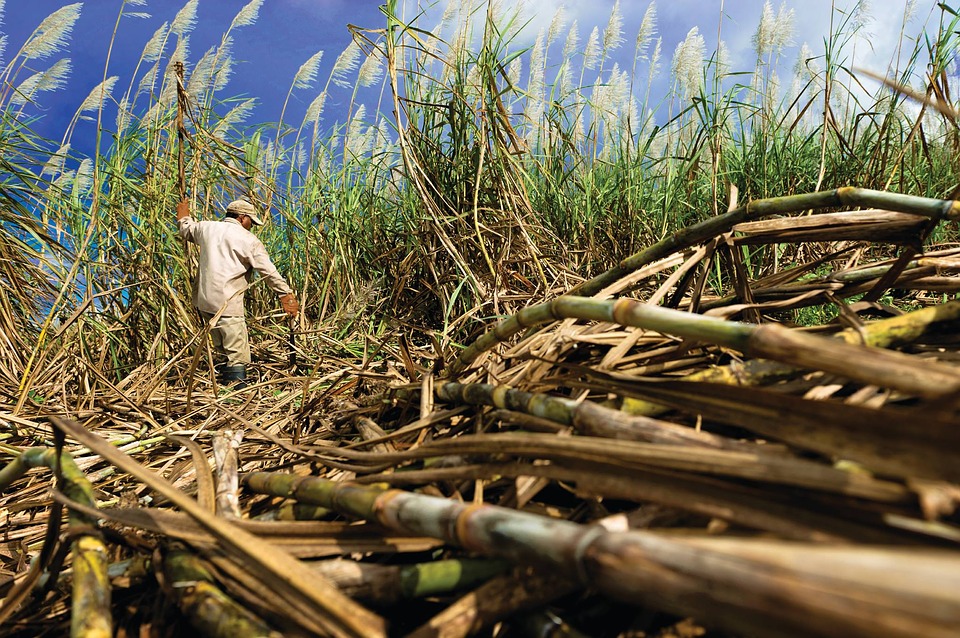RIO DE JANEIRO, BRAZIL – Brazilian ethanol produced from sugarcane is even more sustainable than previously thought, according to a study coordinated by the National Center for Energy and Materials Research.
CNPEM researchers, in collaboration with the Agronomy Institute of Campinas (IAC), have developed a new model for calculating the so-called carbon equivalent that considers the specific characteristics of the soil of sugarcane plantations in the country.
Today, the standard proposed by the Intergovernmental Panel on Climate Change (IPCC) is used to calculate carbon equivalent emissions. This model is based on data collected in temperate climate soils, says CNPEM researcher João Carvalho. “There has been a lot of discussion about tropical soils emitting less than those in temperate climates,” he told Valor.
Carvalho and other researchers organized more than a decade of information from various sources to make the calculation that considers soil differences. The peer-reviewed work was published in the journal Renewable & Sustainable Energy Review.
For the calculation, the Brazilian scientists considered a new nitrous oxide (N2O) emission factor. Little mentioned when it comes to greenhouse gases, the pollutant is 300 times more harmful to the atmosphere than carbon dioxide. Even with reduced emissions, N2O accounts for about 50% of ethanol’s carbon footprint, Carvalho says.
To compare the two calculation models, the researchers looked at a mill in the Center-South region of Brazil with 4 million tons of sugarcane capacity per year. Under the IPCC standard, the plant would emit 176.5 million metric tons of CO2 equivalent. CNPEM’s model, on the other hand, would result in emissions of 145.2 million metric tons, a 19% reduction between one standard and the other.
Using ethanol as a substitute for gasoline would reduce carbon equivalent emissions by 73.3% per year under the IPCC standard, or 78.1% if the Brazilian scientists’ model is considered. This would generate an additional US$320,000 in decarbonization credits (CBIOs) for a plant of this size.
Carvalho believes the new model could provide an additional boost to the market for CBIOs, which is part of Renovabio’s emissions reduction program. “Until recently, one person asked us, ‘What do I get out of this? I’m spending more money to have this sustainability, and my business is economical.’ Now they have an additional amount that pays that bill,” the researcher points out.


